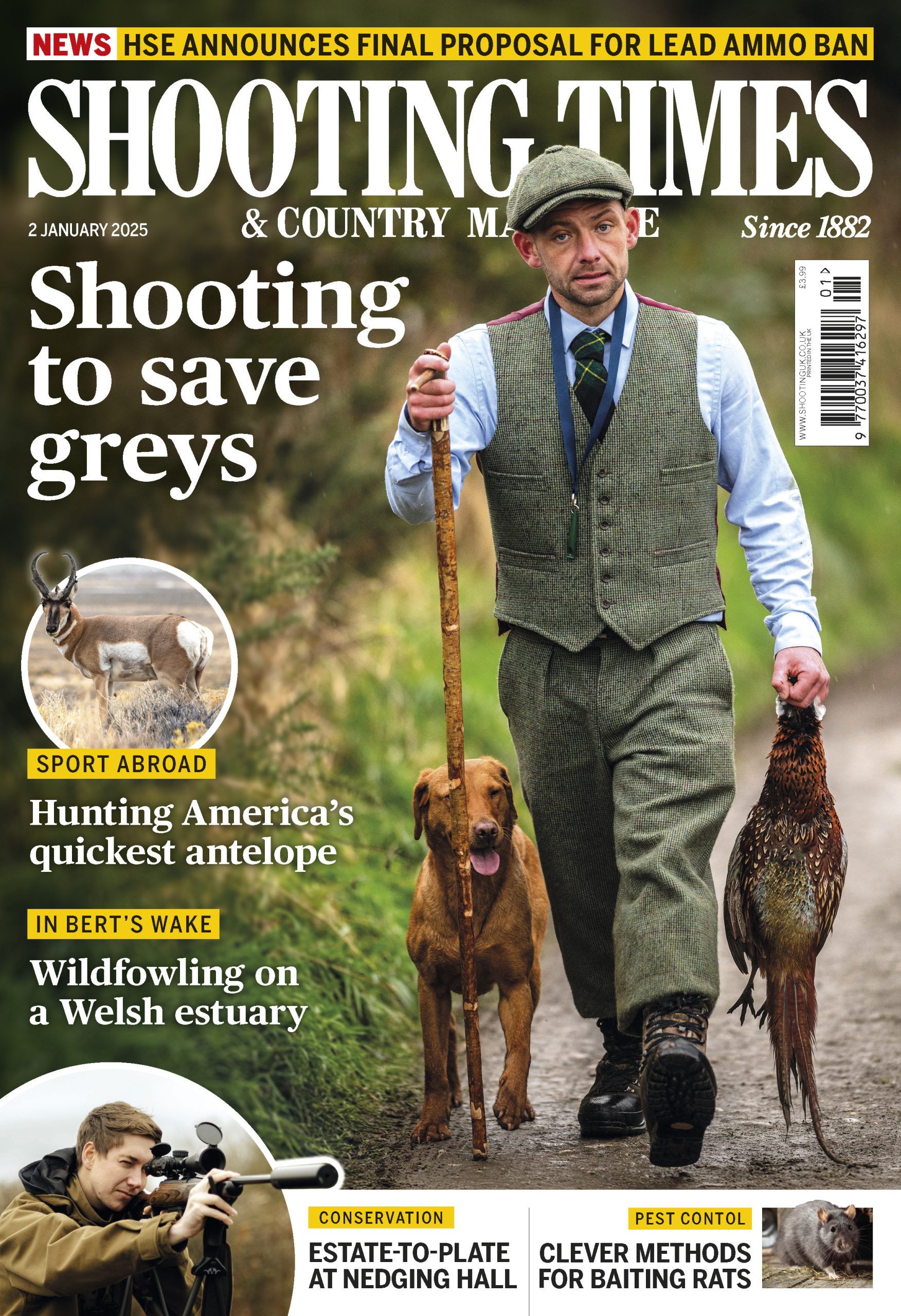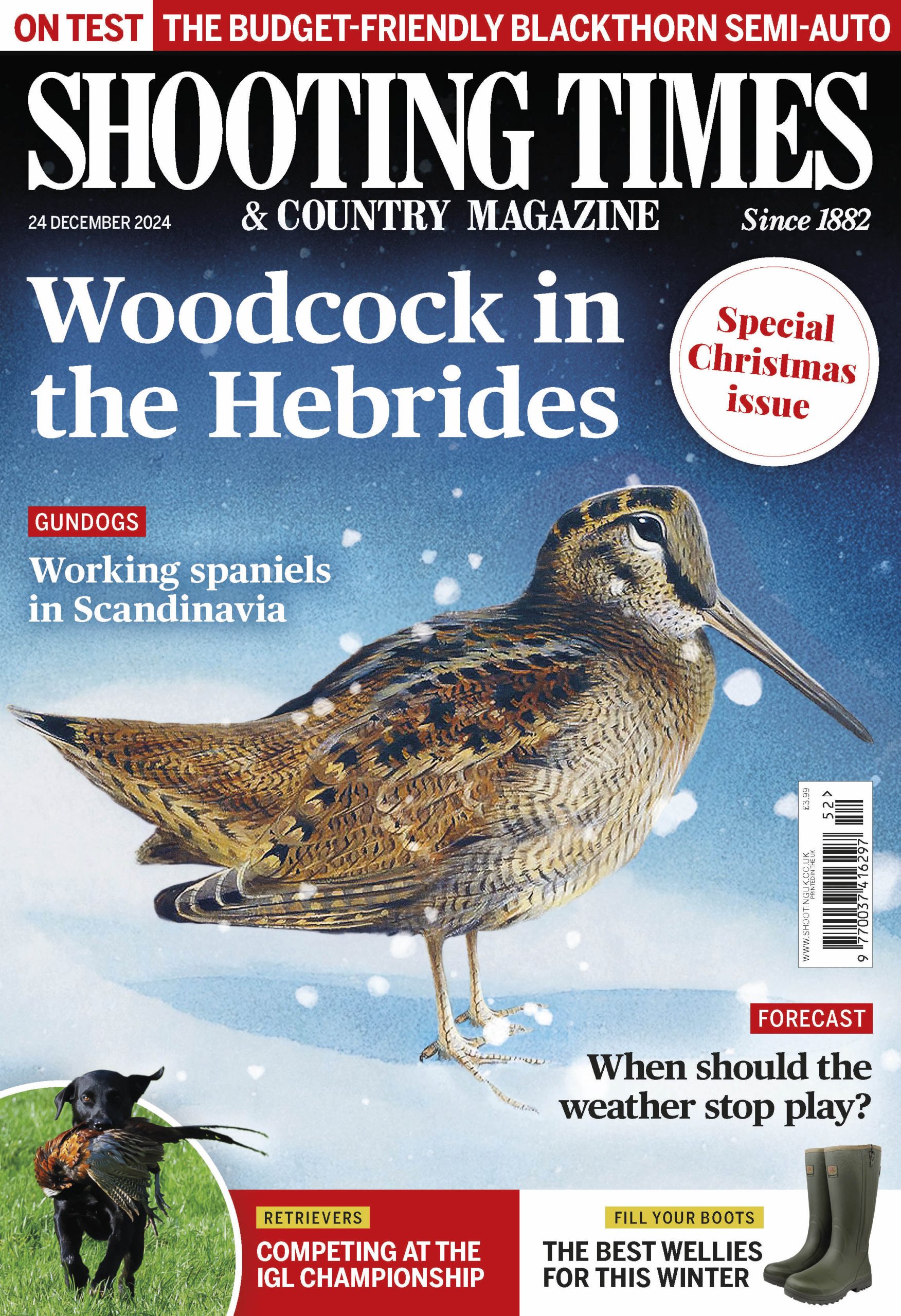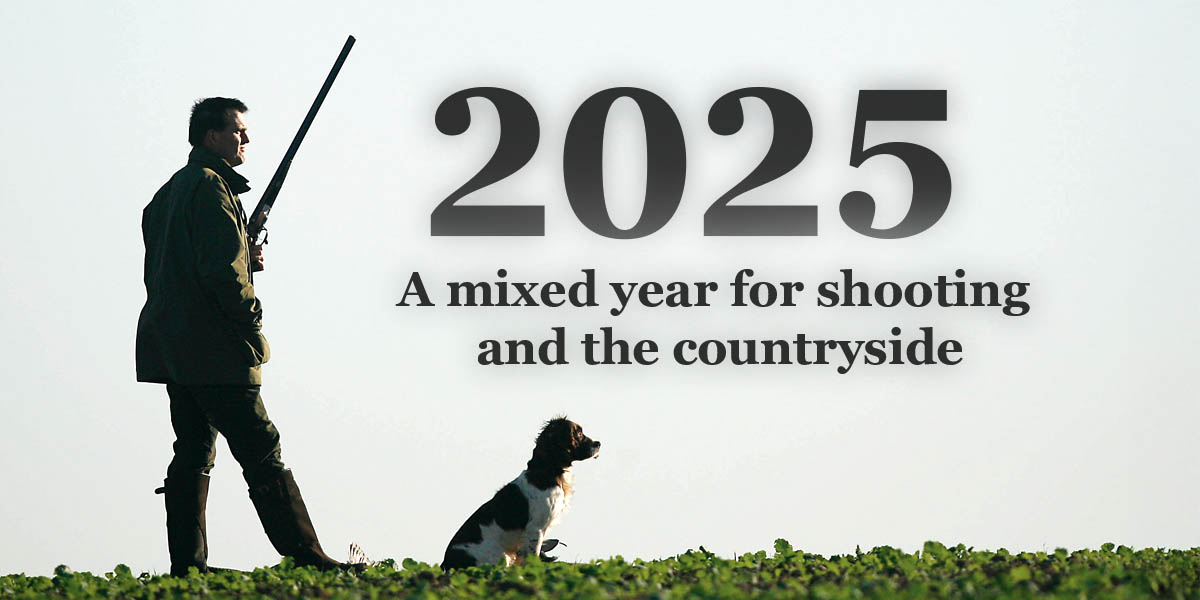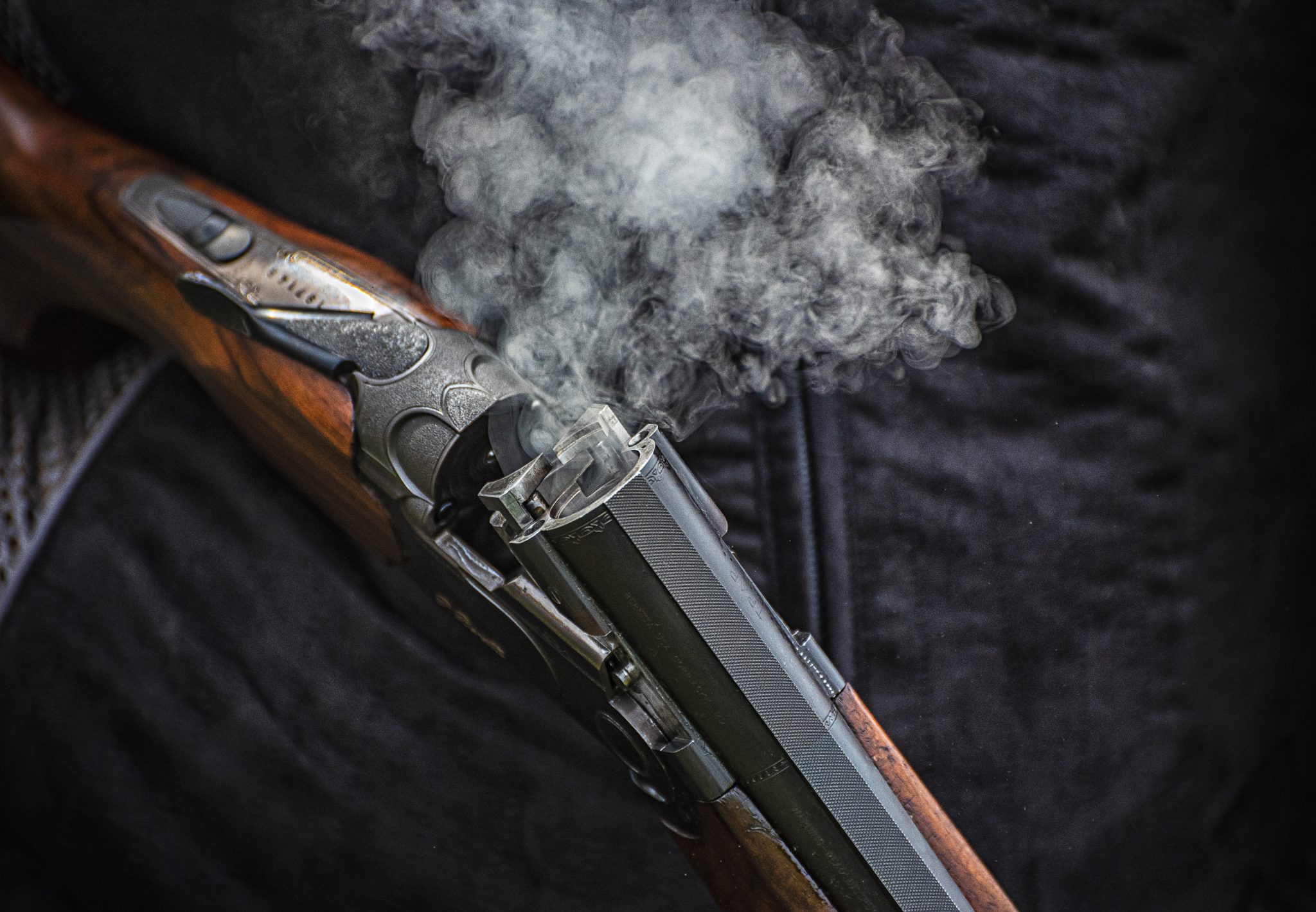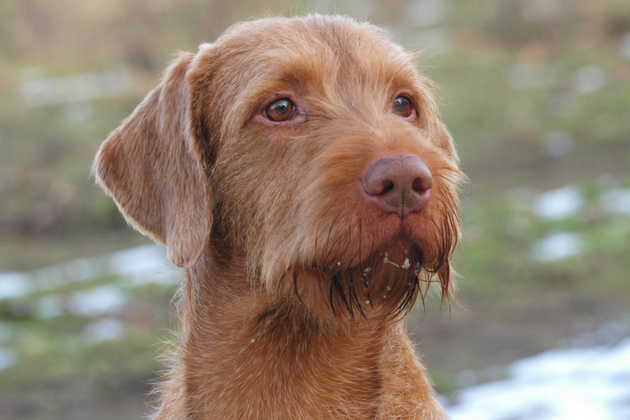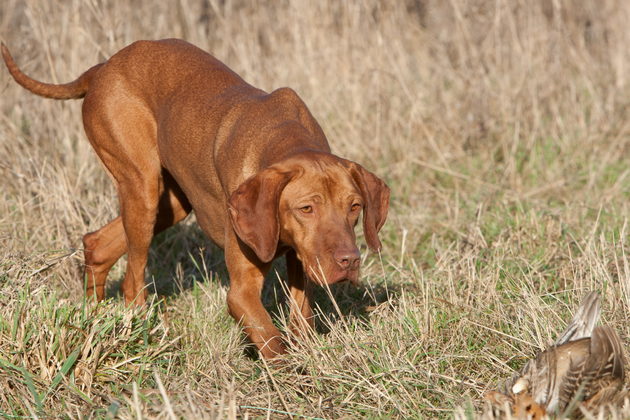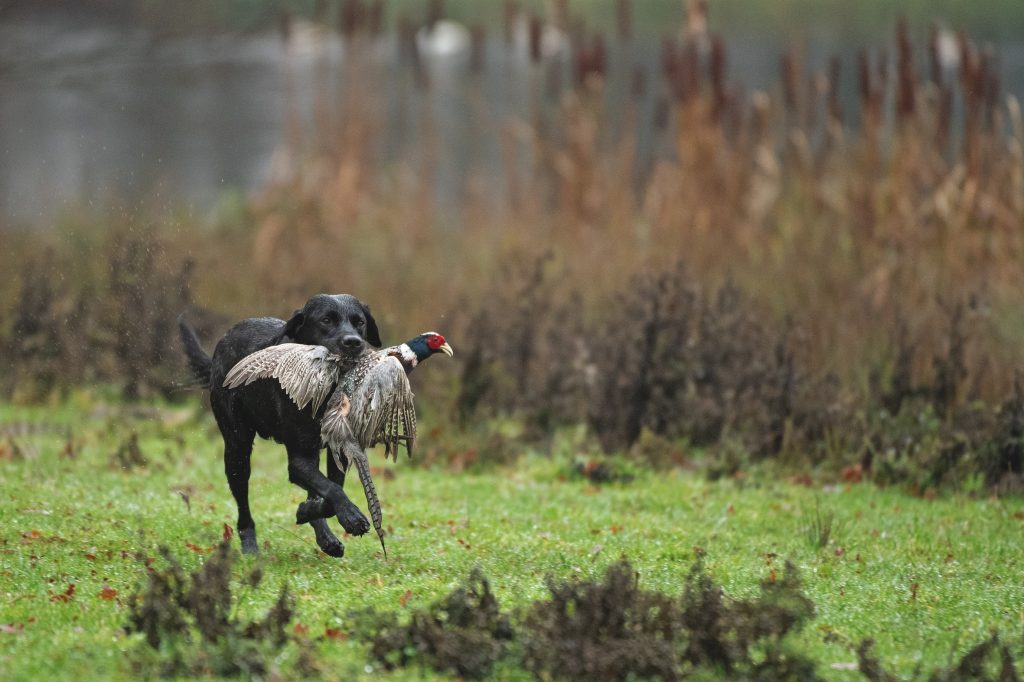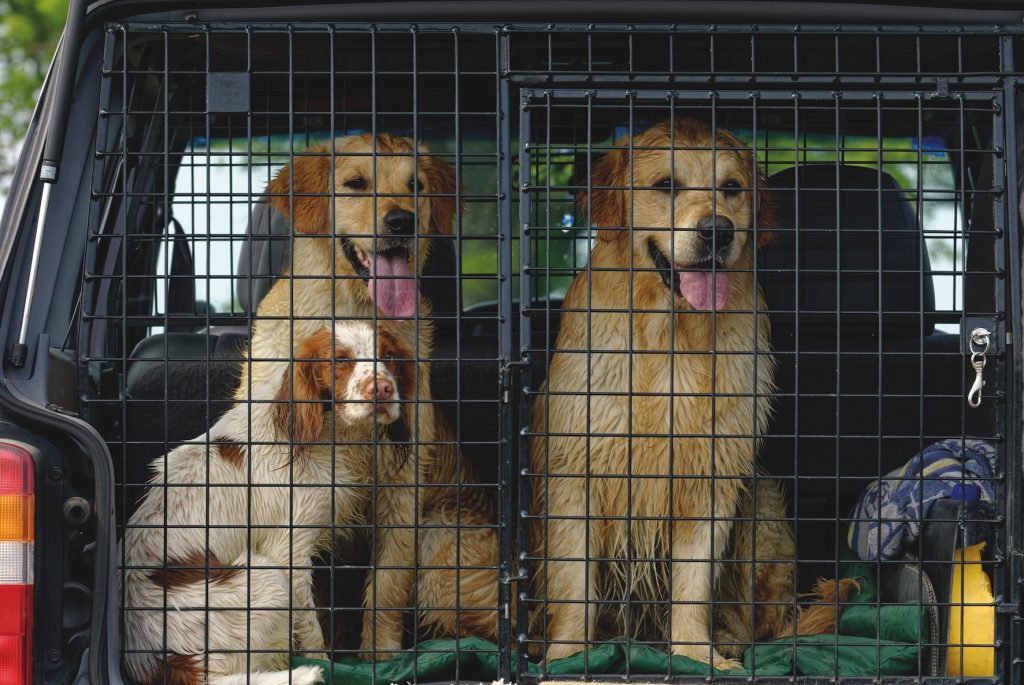What happened when I became the owner of a Hungarian wire-haired vizsla
Win CENS ProFlex DX5 earplugs worth £1,149 – enter here
Why the Hungarian wirehaired vizsla is becoming more and more popular
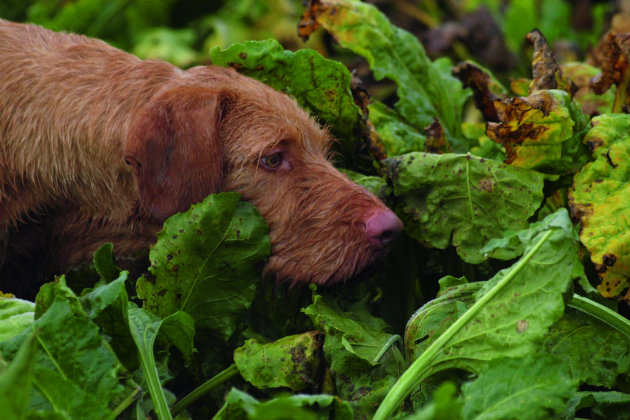
I first came across the Hungarian wirehaired vizsla (HWV) more than 16 years ago. The vizslas in question belonged to a reader who invited me to see them working. I was impressed and the owner said that his dogs had all the attributes of the familiar Hungarian vizsla, but their rough coats made them better suited to the British shooting field. He added that he also found them unusually biddable and easy to train. The Hungarian vizsla is one of the hunt, point and retrieve (HPR) breeds and makes an excellent roughshooting and family companion when properly reared and trained.
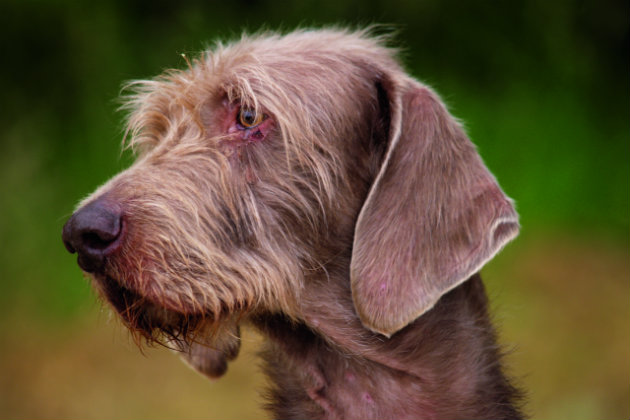
Its rough coat gives the wire-haired vizsla added protection in harsh conditions when in the field
Hungarian wirehaired vizsla – one of the newest gun dog breeds
Historically, the Hungarian wirehaired vizsla is one of the newest breeds of gundog: it was developed in the 1930s in Hungary by crossing smooth-haired vizslas with German wirehaired pointers (GWPs). The aim was to produce a shooting dog that combined the colour of the vizsla with the heavier coat and more substantial build of the GWP, making it better suited to working in harsh conditions. Development of the breed continued during World War II, with a number of Hungarian kennels becoming involved. It is thought that pudelpointer and Irish setter blood was introduced.
Today, though the breed remains relatively rare in its native Hungary, it has been enjoying growing popularity elsewhere in the world. The first HWV was shown at Crufts way back in 1980, but it wasn’t until the 1990s that the first litter was whelped in the UK. The relaxing of Britain’s strict quarantine rules at the start of the new century made it much easier to bring dogs in from the Continent and this did much to boost the popularity of the HWV in this country.

A wirehaired vizsla taking part in a spring pointing test
Heath issues
No breed is perfect, and this includes the HWV. Years of selective breeding from a small stock base means that genetic diversity is poor, but despite this the overall health is relatively good, with allergies the most commonly reported health issue. There have also been a number of cases of hip dysplasia: the average hip score is a relatively high 11. Equally high is the price of puppies: expect to pay anything from £800 to £1,000.
There are two dedicated breed clubs: the Hungarian Wirehaired Vizsla Association and the Hungarian Wire-haired Vizsla Club of Great Britain.
My most abiding memory of watching HWVs work is a five-year-old dog I met in Yorkshire, working in the beating line on a driven grouse day. He was a recent rescue dog from a pet home, but despite never having received any formal training, he worked diligently and steadily all day.
My Hungarian vizsla won’t hold a point. What can I do?
“I have a two-year-old Hungarian vizsla that I have been training for rough shooting and although she hunts really well…
Hungarian wirehaired vizslas – key points
- Lively, gentle and affection dogs who form close bonds with their owners, including children
- Quiet, only barking when aroused
- Sensitive temperament, so need handling gently during training
- Excellent swimmers and will retrieve on land and in the water
- Need 30 minutes to an hour of exercise off-lead daily
- Highly intelligent
Related Articles
Get the latest news delivered direct to your door
Subscribe to Shooting Times & Country
Discover the ultimate companion for field sports enthusiasts with Shooting Times & Country Magazine, the UK’s leading weekly publication that has been at the forefront of shooting culture since 1882. Subscribers gain access to expert tips, comprehensive gear reviews, seasonal advice and a vibrant community of like-minded shooters.
Save on shop price when you subscribe with weekly issues featuring in-depth articles on gundog training, exclusive member offers and access to the digital back issue library. A Shooting Times & Country subscription is more than a magazine, don’t just read about the countryside; immerse yourself in its most authoritative and engaging publication.
